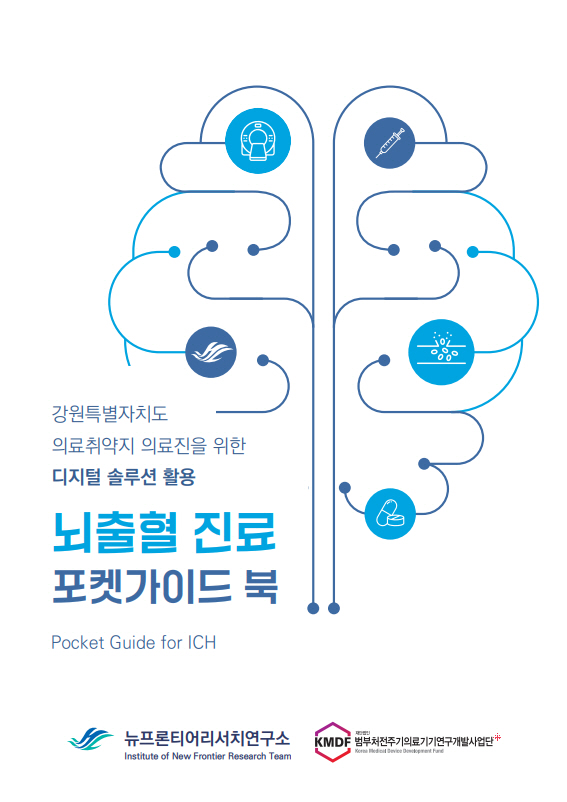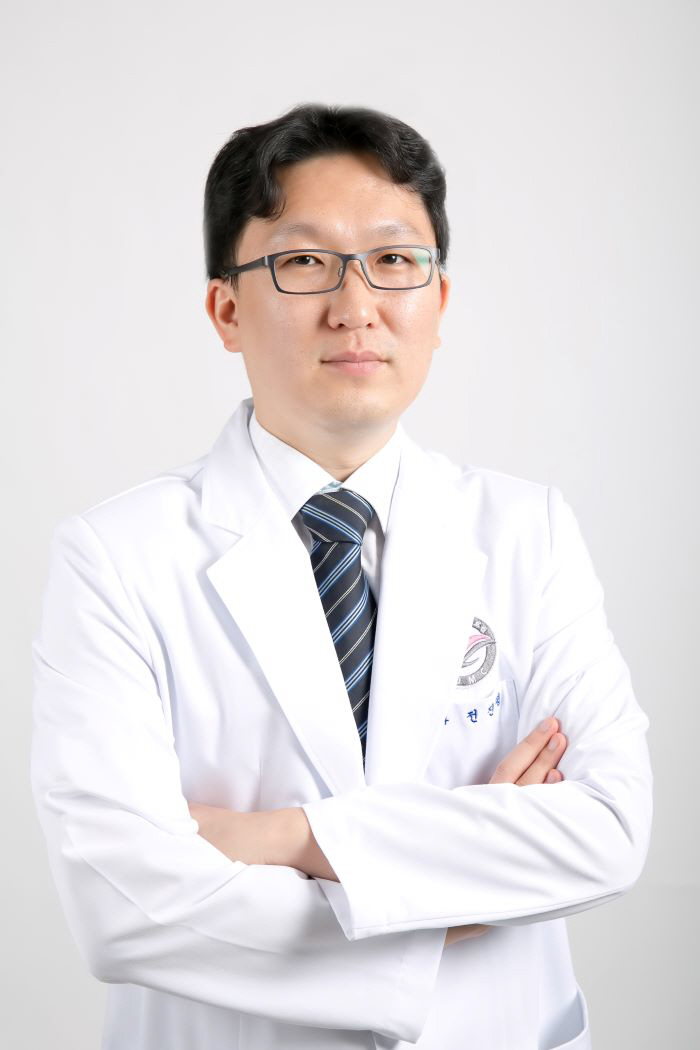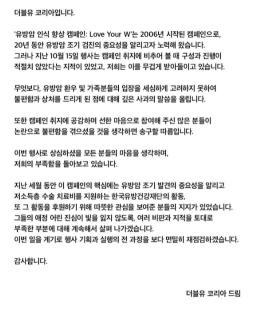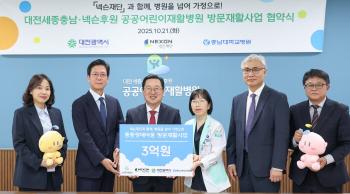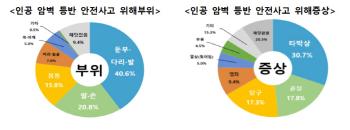Don't miss the golden time...Professor Jeon Jin-pyeong's team at Hallym University Chuncheon Sacred Heart Hospital publishes a pocket guide book for cerebral hemorrhage treatment
Sep 05, 2025
|
This guidebook was produced over a total of three years from 2023 with the aim of strengthening the ability of non-professional medical staff to respond to cerebral hemorrhage, including emergency rooms in medical vulnerable areas in Gangwon-do. It is significant in that it is the first practical clinical guideline in Korea that can be used immediately at emergency sites.
Cerebral hemorrhage is a fatal emergency disease caused by ruptured cerebrovascular vessels, and a delay of only a few minutes has a significant impact on survival and prognosis. In Korea, the number of cerebral hemorrhages is steadily increasing due to the rapid increase of the elderly population and changes in lifestyle, and in recent years, the incidence is also increasing in the younger age group.
However, local small and medium-sized cities and rural areas lack professional neurosurgery medical staff and treatment infrastructure, making the initial response difficult in the emergency room. Trial and error can occur in basic first aid processes such as securing intravenous paths, selecting fluids, and airway management, and it was difficult to meet the needs of the field only with existing guidelines, so it was urgent to prepare a practical guide.
To solve this problem, the research team developed a pocket guide book to enable standardized treatment even in vulnerable areas of medical care. The guidebook is designed to be easily used by non-professional medical staff such as local doctors and nurses who are new to cerebral hemorrhage patients, and is designed to support quick and accurate treatment even at sites where neurosurgeons do not reside.
The guidebook consists of a total of 40 pages, including blood pressure control for cerebral hemorrhage patients, drug administration methods (summary), abbreviation, and treatment recommendations, and its main characteristics are as follows.
First, we combined digital solutions. For the first time in Korea, we presented an artificial intelligence (AI)-based CT automatic reading and a system that connects with a neurosurgeon at a base hospital so that the accuracy and speed of the initial diagnosis could be secured together. Second, we have strengthened field practicality for all medical staff. It is not limited to a specific occupation group and has made it easy for all medical staff participating in cerebral hemorrhage treatment. In other words, unlike the existing guidelines for cerebral hemorrhage, this guidebook is designed as a practical document that anyone can use immediately at the emergency site.
In terms of content, field affinity is also prominent. The guidebook was developed by combining the clinical experience of medical staff, artificial intelligence technology, and nursing practice expertise. In particular, Kim Seo-young, a graduate student (supervisor Won Dong-ok) who is a nurse and a master's program in the Department of Artificial Intelligence Convergence at Hallym University, participated to strengthen practicality by providing detailed patient monitoring and treatment processes from the perspective of nursing practice. The treatment criteria for each emergency situation, such as airway management, blood pressure control, administration of anticonvulsants, and response to increased brain pressure, were presented in stages, and the dilution, concentration, injection rate, and contraindications for each drug were specified.
Director of Research Professor Jun Jin-Pyeong Jeon said, "This guidebook is an independent guide and at the same time part of a digital solution developed with artificial intelligence, CT reading systems, remote consultation networks, patient transport platforms, etc. The fact that medical staff can use the guide immediately by reducing the time to find it is expected to improve the speed and accuracy of on-site response. This is an outcome that is directly related to the patient's survival rate." Subsequently, based on the clinical experience of the past 20 years, I wrote it to be of practical help to the field medical staff"We hope that it will spread beyond Gangwon-do to the entire country, including the military medical system and island areas, to contribute to strengthening patient safety and narrowing the medical gap."
This project was carried out with the support of the pan-ministerial cycle medical device research and development project group and Hallym University Medical Center. The research team is working with foreign experts such as the United States, Japan, the United Kingdom, and Mongolia to produce an English guidebook, and plans to translate it into each country's language and publish it in the future. Through this, it is expected to contribute to the establishment of an international standardized emergency cerebral hemorrhage treatment system.
Meanwhile, Professor Jeon Jin-pyeong is trying to secure golden time for patients by introducing a brain bleeding remote collaboration AI solution developed in cooperation with Sears Technology and Purple AI at the medical site in Gangwon-do. Professor Jeon Jin-pyeong said "We will expand the application nationwide so that patients can enjoy equal treatment benefits even in areas that are not in charge of serious diseases."
|
This article was translated by Naver AI translator.
